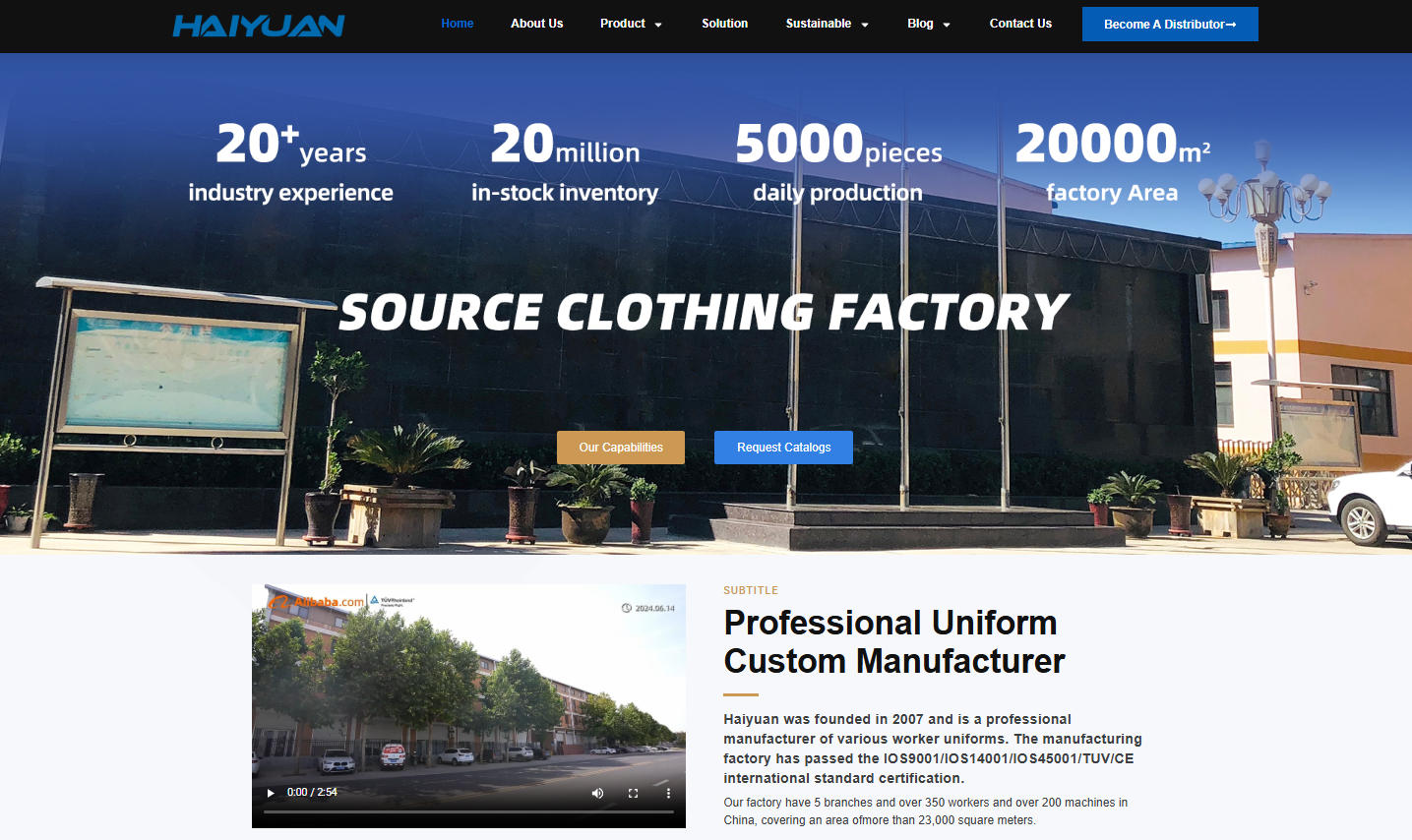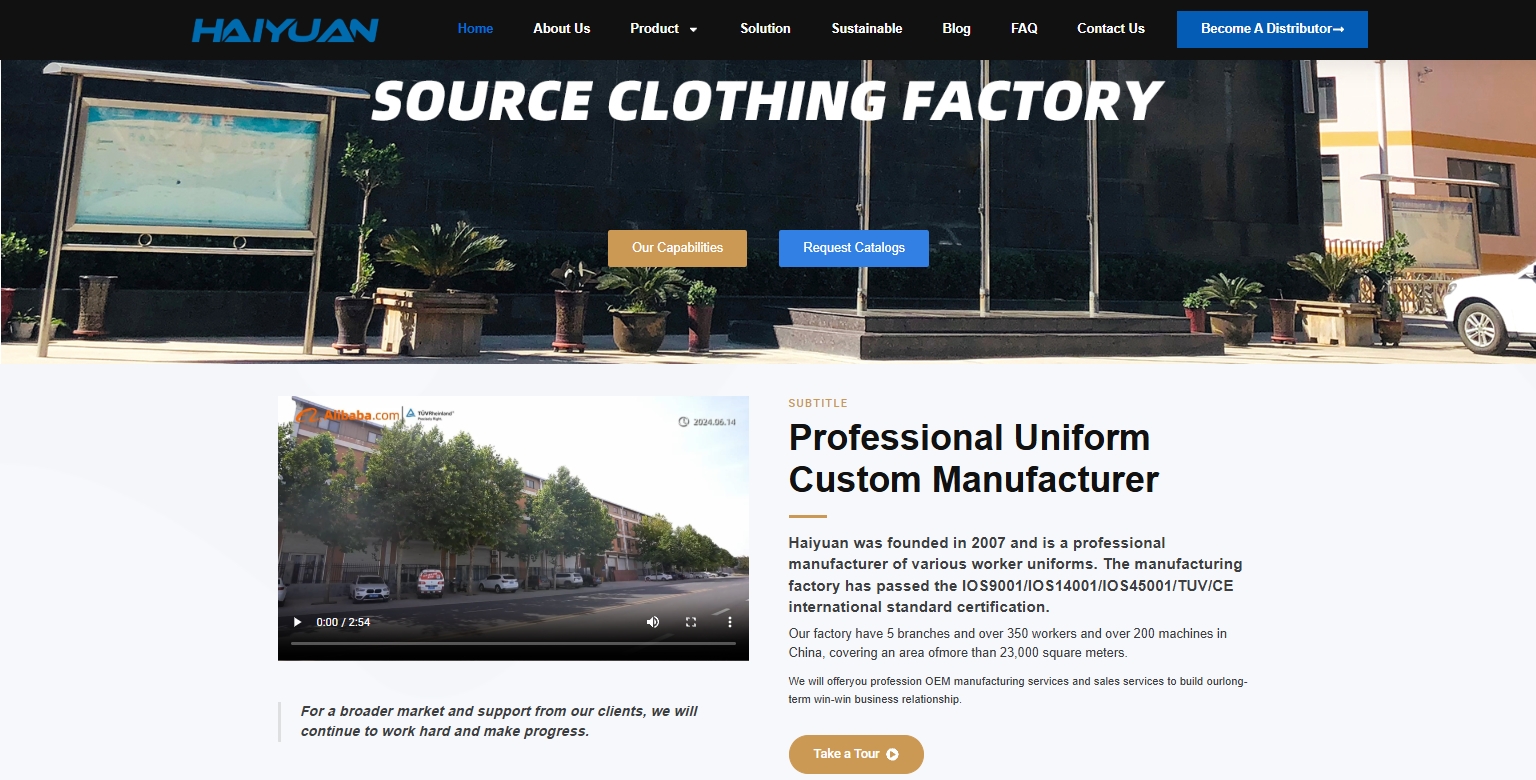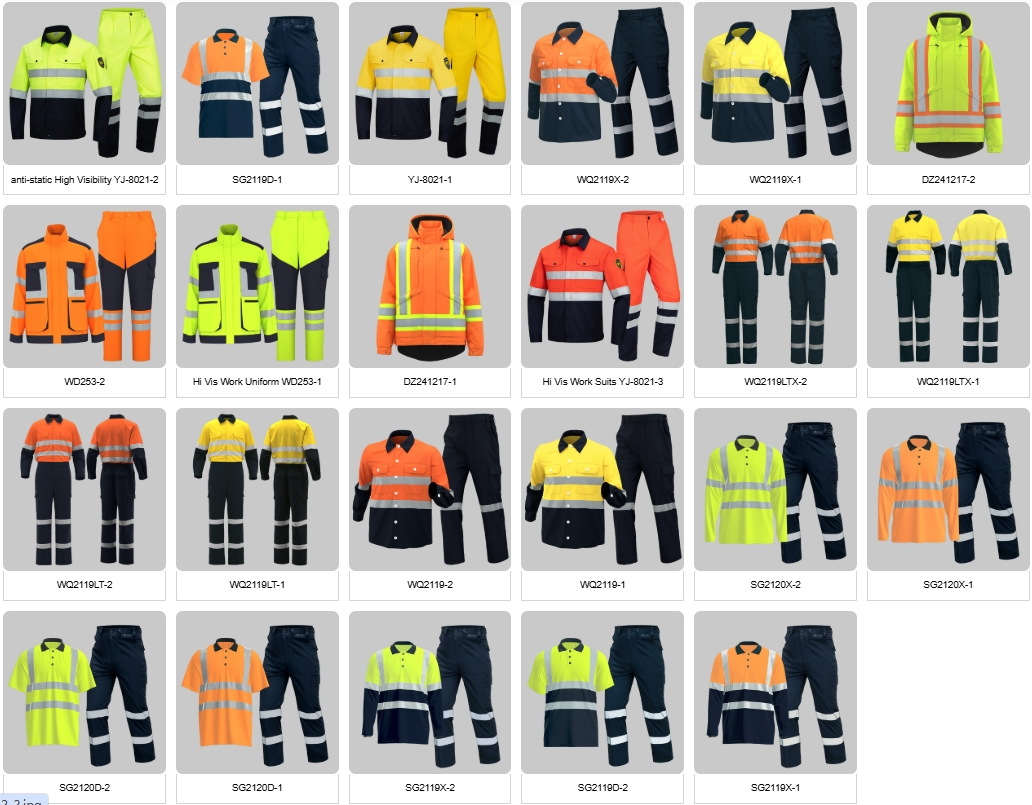Bangladesh imports a wide range of products from China, and the trade relationship is crucial for Bangladesh’s economy, particularly for its massive Ready-Made Garment (RMG) industry.
The imports can be broadly categorized into Industrial Raw Materials & Machinery and Finished Consumer & Capital Goods.
Here is a detailed breakdown of the major product categories imported from China to Bangladesh:
1. Textiles & Raw Materials for the Garment Industry
This is the largest and most critical category. Bangladesh’s garment factories rely heavily on Chinese inputs to produce clothes for export to the US and EU.
-
Cotton Yarn and Fabric: While Bangladesh grows little cotton, it is the world’s second-largest garment exporter. It imports enormous quantities of raw cotton, yarn, and woven and knitted fabrics from China.
-
Synthetic Fibers and Fabrics: Polyester, viscose, and other man-made textiles.
-
Garment Accessories and Trims: This includes zippers, buttons, labels, sewing thread, interlinings, elastic, and ribbons. China is the dominant supplier for these small but essential components.
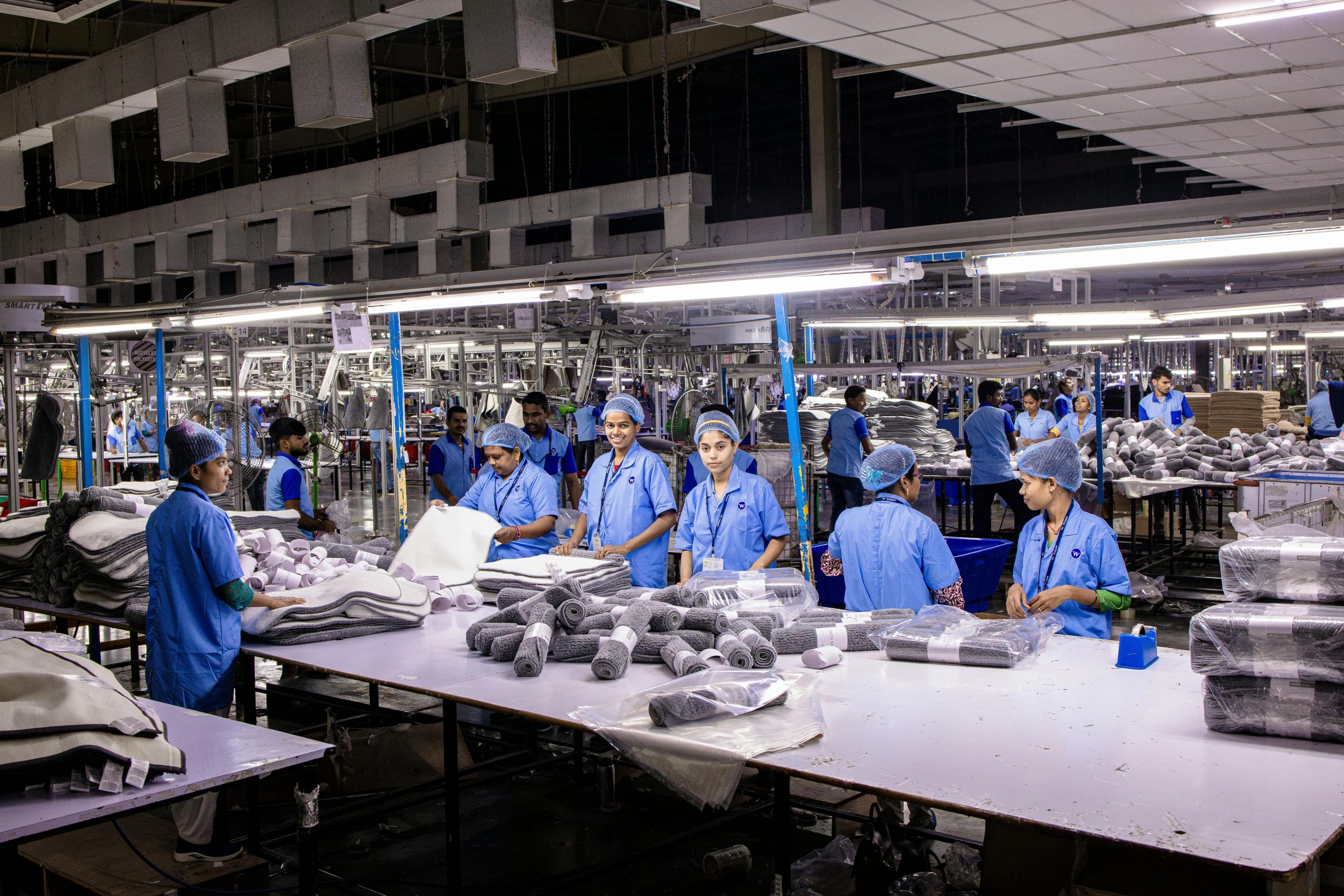
2. Machinery & Industrial Equipment
To build and maintain its industrial capacity, Bangladesh imports a vast amount of machinery from China.
-
Textile and Garment Machinery: Spinning machines, weaving looms, knitting machines, dyeing units, and sewing machines.
-
Construction Machinery: Cranes, bulldozers, excavators, and concrete mixers for Bangladesh’s ongoing infrastructure boom.
-
Agricultural Machinery: Tractors, irrigation pumps, and processing equipment.
-
Power Generation Equipment: Generators, turbines, and solar panels to address the country’s energy needs.
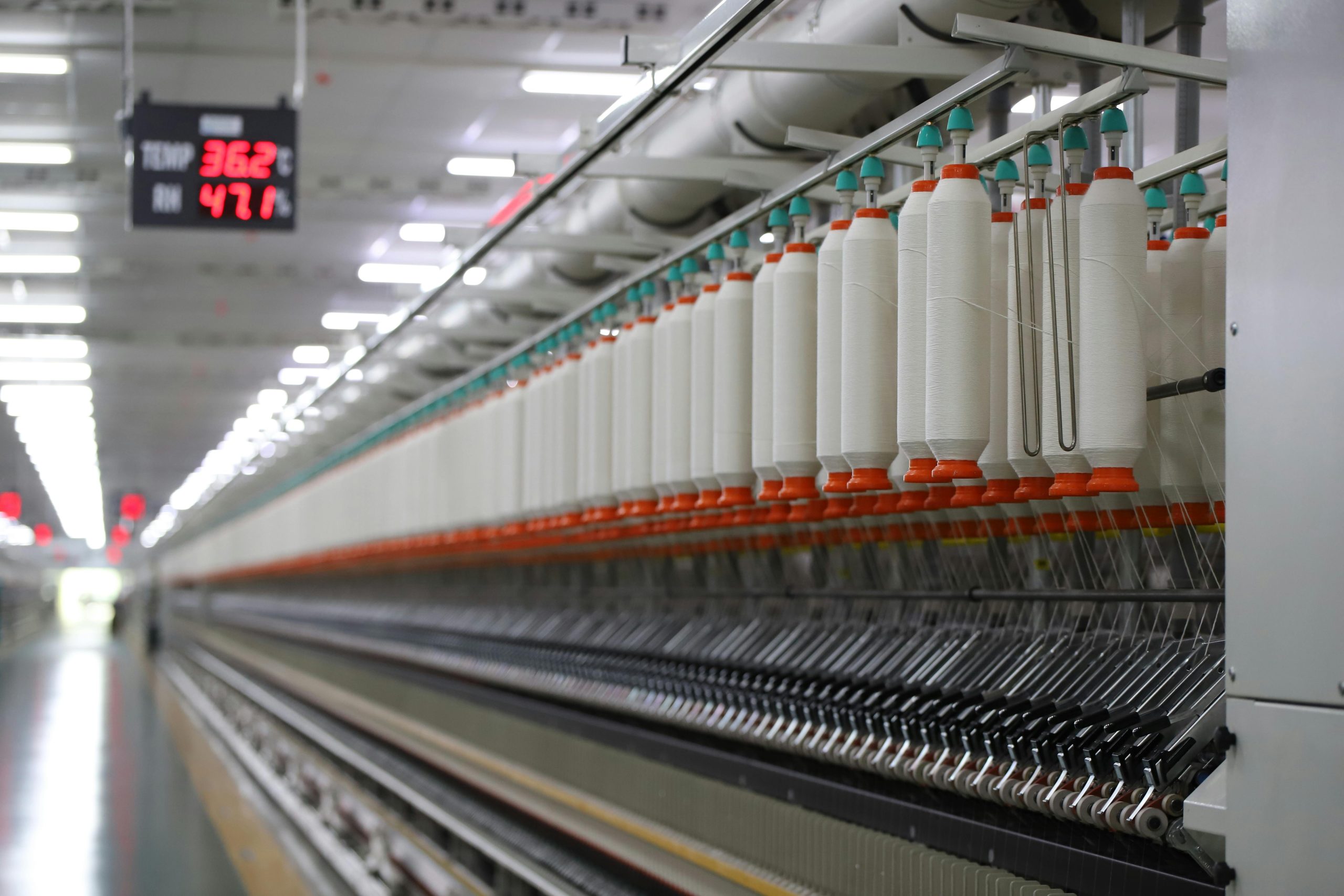
3. Electronics & Electrical Goods
This is a rapidly growing category, catering to both consumer demand and industrial needs.
-
Consumer Electronics: Smartphones, televisions, computers, headphones, and home appliances (e.g., fans, air conditioners). Chinese brands like Xiaomi, Oppo, Vivo, and Transsion (Tecno, Itel) have a huge market share.
-
Electronic Components: Motherboards, semiconductors, and other parts for local assembly plants and repair markets.
-
Electrical Equipment: Switchgears, transformers, cables, and wiring.
4. Chemical & Plastic Products
-
Raw Plastic Granules: Used by local factories to produce plastic goods, from household items to packaging.
-
Dyes, Chemicals, and Auxiliaries: Essential for the textile dyeing and finishing industry.
-
Fertilizers and Pesticides: For Bangladesh’s agricultural sector.
5. Iron, Steel, and Base Metals
-
Iron and Steel: Billets, rods, and sheets used in construction and manufacturing.
-
Other Metals: Aluminum, copper, and zinc for various industrial applications.
6. Footwear and Leather Products
-
Synthetic Leather and Fabrics: Used to produce affordable shoes and bags.
-
Shoe Components: Soles, heels, and other accessories.
-
Finished Footwear: A significant volume of low to mid-cost shoes is imported directly.
7. Vehicles and Parts
-
Automobile Parts: A wide range of components for the automotive aftermarket and assembly.
-
Commercial Vehicles: Buses and trucks.
-
Motorcycles and Three-wheelers: Both complete vehicles and Completely Knocked Down (CKD) kits for local assembly.
8. Consumer Goods and Miscellaneous Items
-
Pharmaceuticals: Active Pharmaceutical Ingredients (APIs) and finished medicines.
-
Ceramic Products: Tiles and sanitary ware.
-
Furniture: Both ready-made and parts for assembly.
-
Toys and Stationery: A huge volume of low-cost toys, school supplies, and other everyday items.
Why is China the Dominant Source?
-
Competitive Pricing: Chinese products are often the most cost-effective, which is crucial for price-sensitive markets like Bangladesh.
-
Scale and Variety: China’s manufacturing ecosystem can supply virtually any product in any quantity, from a single button to a massive industrial loom.
-
Geographic Proximity: Compared to Europe or the Americas, shipping from China is faster and cheaper.
-
Complementary Economies: The relationship is symbiotic. Bangladesh imports raw materials from China, uses them to manufacture garments, and then exports the finished products to the West. China gets a reliable market for its intermediate goods, and Bangladesh gets the inputs it needs for its primary export industry.
In summary, the import flow from China to Bangladesh is the lifeblood of its industrial sector, providing the essential raw materials, machinery, and components that power its economic engine, most notably the world-class garment industry.
For some insightful reads, we’ve curated a list of recommended articles just for you:
- How do I find a product manufacturer in China?
- How to find cheap manufacturers in China? A guide to avoid pitfalls
- How to complete your first purchase of workwear in China safely and efficiently
- Custom uniforms for Small business
- Choosing the Best Industrial Work Suit
- Ultimate Guide: Best Wholesale Work Clothes in China
- Cut & Sew Customization
- Logo Customize Clonthing Manufacturer
- Labour Uniform manufacturer
- Labor clothing uniform for sale
- Working clothes china wholesale
Can’t find what you’re looking for? Feel free to contact us. We’re here to help 24/7.

